Dragoons – The beginnings of modern mounted infantry
- By Travis Pike
Share This Article
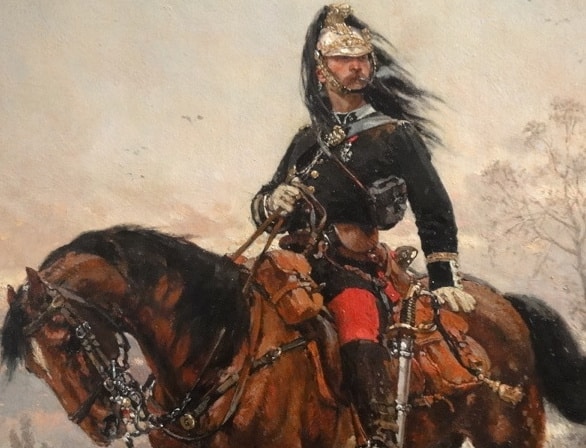
Dragoons are a fascinating and often ignored part of historical warfare. This is unjustified since their tactics have greatly influenced the modern infantry. Today we will explore these mounted troops, their history and duties, how they influenced modern warfare, and of course, the modern take on them.
The origin of the dragoons
In the 16th century frontline, fighting men were divided between infantry and cavalry. The infantry on the ground, the cavalry on horses. In the mid-16th century, someone had the great idea to put an infantryman on a horse. An infantryman on a horse isn’t a cavalry soldier by any means. The cavalry had a specialized role that your average grunt was equipped or trained to do on a horse.
It’s hard to say who put infantrymen on horses first. In 1552 we have recorded examples of Spanish infantry mounting horses to give them an edge through surprise over the enemy. In 1572 Louis of Nassau tossed some 500 men on horses for faster transportation. However, the first army to see the fighting potential of grunts on horses came from Germany, when Count Ernst von Mansfeld created the “flying army.”

Where the name “dragoon” came from is also disputed. According to most sources, the name comes from the weapons carried by early dragoons. French dragoons carried “dragon” pistols which were short blunderbuss guns that fired a load of shot. Some were even designed with dragon’s heads, making their open mouths appear to shoot fire.
Other dragoons carried short muskets, and the shorter barreled guns tended to have more muzzle flash, and that flash gives the appearance of fire.
Related: 2nd cavalry regiment ‘dragoons’ nuke it out during unit fight night
Organization of dragoons
Early commanders organized the dragoons as infantry fighting forces and not as cavalry. This meant they were organized into companies instead of squadrons. They carried infantry ranks and received the lower infantry pay. This also meant they signaled with drummers instead of bugles.
When compared to cavalry, they were seen as a lesser version: They received lesser horses, poorer equipment, and were not considered as dignified as cavalry forces.
Related: This is the fascinating history of grenadiers, a centuries-old elite unit
Duties of the dragoon

Light cavalry often acted as a reconnaissance, screening, or skirmishing force. Heavy cavalry acted as shock troopers covered from top to bottom in armor and carrying massive lances. Dragoons fell in between the two. They had more fighting power than the light cavalry and more flexibility on foot than the heavy cavalry.
The dragoons were a highly flexible fighting force. These men trained to fight both on horseback and dismounted. Dragoons could attack on horseback, and while defending fight on foot. (Historically, they mostly fought on foot.)
A dragoon company could ride their horses and quickly take a key position on a battlefield via horseback before the enemy could. They could then dismount, establish an infantry fighting formation, position, and hold that ground. If the enemy attacked fiercely and tried to overwhelm them, they could go back to their horses and ride away.
Their horses allowed them to quickly ride into battle, reposition quickly, and then dismount and attack. In the Battle of Naseby in 1645, the Parliamentarian forces used dragoons to protect the far left flank from cavalry but later mounted their horses and attacked the right-wing of the Royalists.
Outside battle, mounted infantry could be used to patrol an area and deal with criminals, smugglers, and thieves. They could also guard supply lines and lines of communication.
As time passed, these equestrian-bound warriors became more akin to cavalry troops. They slowly became a new cavalry, and Hussars, Cossacks, and similar forces took over their role. The English even demoted cavalry to dragoons at one point to lower their pay as a cost-cutting measure.
In the United States
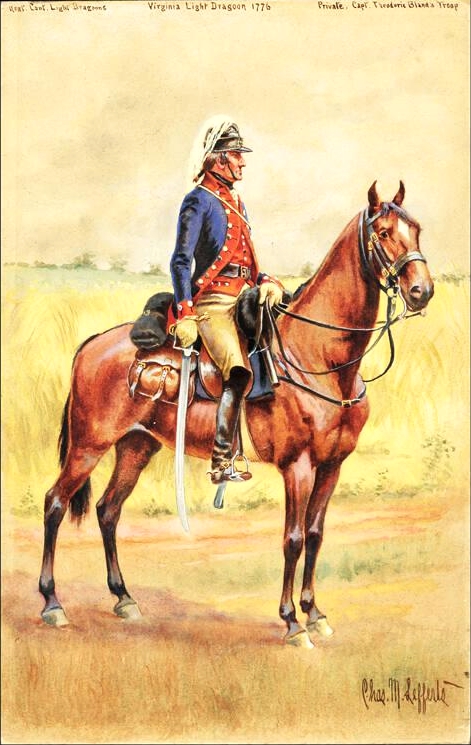
In the United States, these horse soldiers earned respect. The Army saw them as an elite fighting force capable of fighting both on horseback and dismounted. They carried carbines like infantrymen but also clung to pistols and sabers to fight from horses. American dragoons fought mostly from the ground but were trained in horseback warfare.
Dragoons played an important role in the United States and the Continental United States. In the 18th century, Spain used to protect New Spain.
Related: The most useful of Robert Rogers’ 28 Rules of Ranging in 2022
Equipment
As mounted infantry, dragoon equipment often fell between that of the typical cavalry and infantry forces. They rarely got the first pick of horses, but like cavalry, they wore caps to allow for slung rifles and boots to allow them to ride horses. Under Napoleon, dragoons often carried straight swords which were more appropriate for ground fighting than curved sabers.

Some dragoons wore armor similar to cavalry. This included a buff coat with chest and back armor. As mentioned, the French used a shortened blunderbuss with their dragoons. This weapon allowed the shooter to aim and fire from horseback with decent effective fire.
Plenty of these soldiers carried rifles, pistols, and swords to allow for maximum flexibility. In the United States, Colt made the Dragoon model revolver for mounted infantry. The company trimmed its weight and shortened the barrel to make the weapon handier for carrying in a holster for dismounted fighting.

Some dragoons wore armor similar to cavalry. This included a buff coat with chest and back armor. As mentioned, the French used a shortened blunderbuss with their dragoons. This weapon allowed the shooter to aim and fire from horseback with decent effective fire.
Plenty of these soldiers carried rifles, pistols, and swords to allow for maximum flexibility. In the United States, Colt made the Dragoon model revolver for mounted infantry. Colt trimmed its weight and shortened the barrel to make the weapon handier for carrying in a holster for dismounted fighting.
The model fired the bigger .44 caliber ball, which was favored because it could effectively kill a horse. The Dragoon revolver perfectly matched the responsibility of dragoon troops.
Modern-day dragoons
The use of horse-mounted infantry or infantry-like forces still occurs. For example, in Angola, the Portuguese military used a horse-mounted infantry force to go places where vehicles could not. These troops proved to be extremely effective during that conflict. In the early days of the GWOT, Green Berets rode beside Northern Alliance fighters and were very dragoon-like.
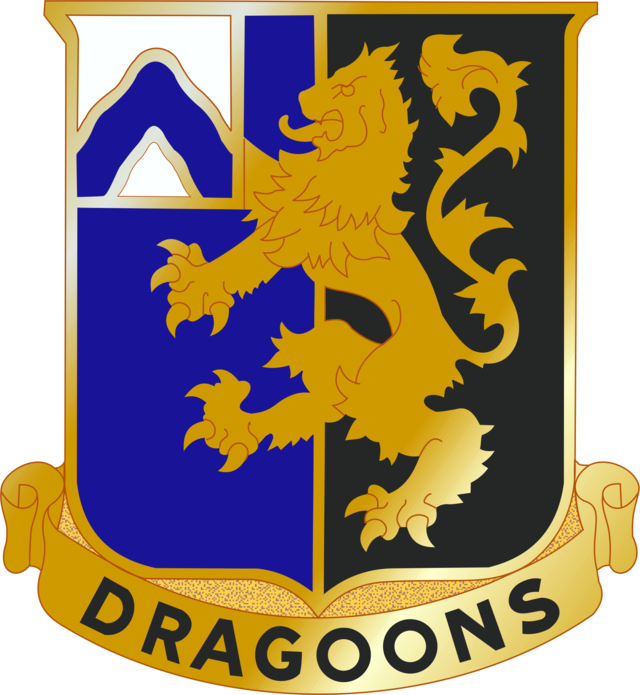
However, your modern dragoons would be mechanized infantry. Numerous forces retain the dragoon title. In the U.K., four regiments exist, and they ride in light tanks and armored personnel carriers. Canada’s senior armored regiment is the Royal Canadian Dragoons.
In the United States, the 1st and 2nd battalions of the 48th infantry serve as mechanized infantry units and carry the dragoon title on their crest. While the Marine Corps doesn’t have the dragoon history, they do have Delta company of the 3rd Light Armored Reconnaissance Battalion, which we nicknamed “Dragoons.” These are just a few examples of the dozens of units that retain the name worldwide.
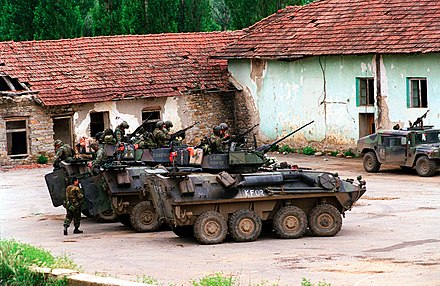
Sadly, the dragoons may never get the fame the cavalry has. Even so, they have a rich history that’s truly fascinating.
Read more from Sandboxx News
Related Posts

Travis Pike
Travis Pike is a former Marine Machine gunner who served with 2nd Bn 2nd Marines for 5 years. He deployed in 2009 to Afghanistan and again in 2011 with the 22nd MEU(SOC) during a record-setting 11 months at sea. He’s trained with the Romanian Army, the Spanish Marines, the Emirate Marines, and the Afghan National Army. He serves as an NRA certified pistol instructor and teaches concealed carry classes.
Related to: Military History
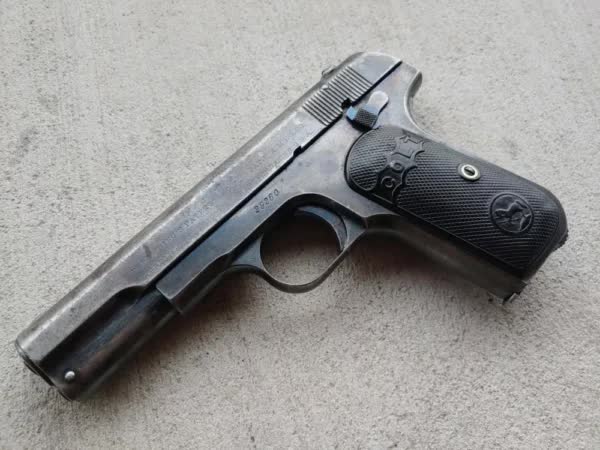
This is why the Colt M1903 was the pistol of choice of the OSS
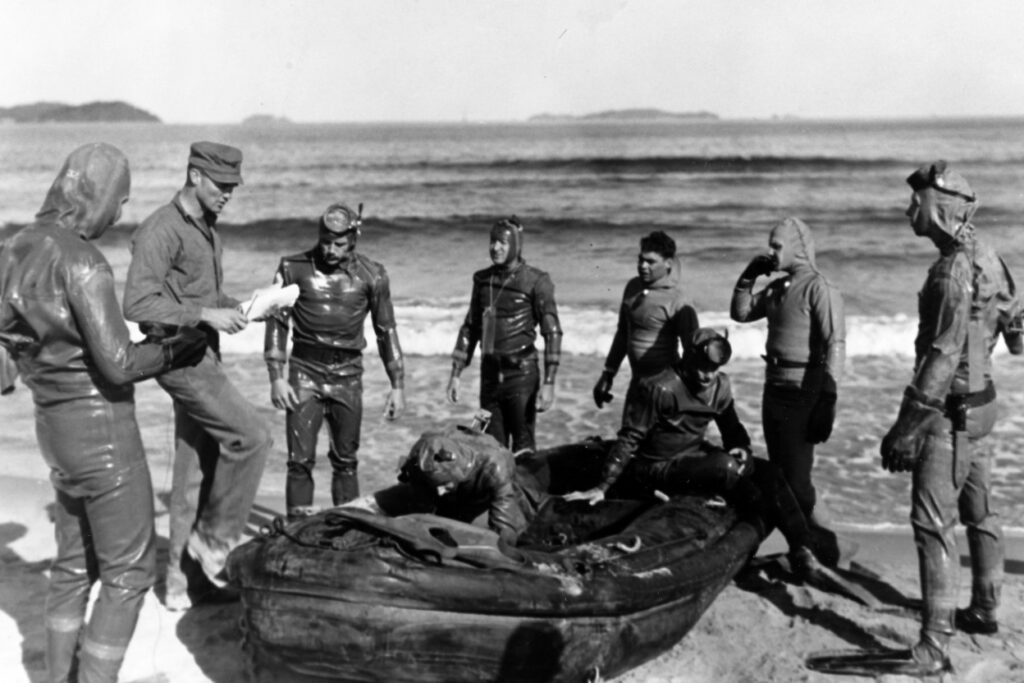
How the Korean War gave birth to the CIA’s first paramilitary unit
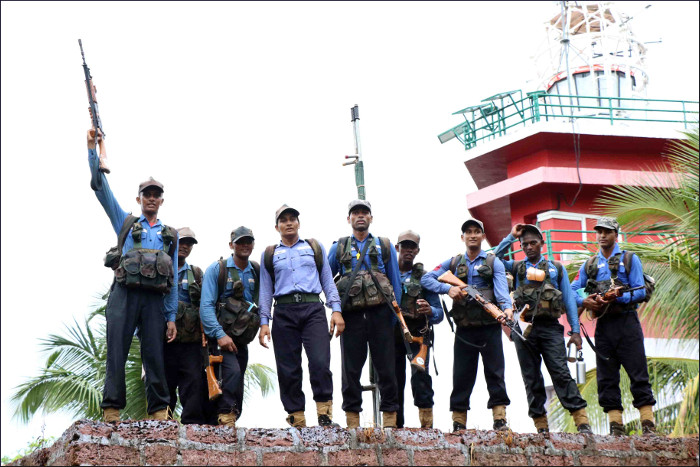
These are the absolutely worst military small arms of the modern era

